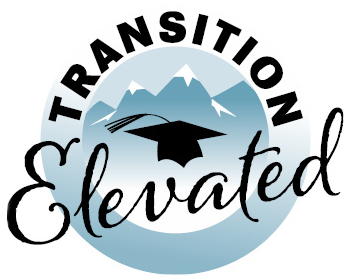Interagency Collaboration
No single team can support a student’s transition to adulthood alone. That’s why interagency collaboration — connecting schools with outside organizations and adult services — is a key part of a successful transition plan. These partnerships help ensure students continue to receive support after high school ends.
What is Interagency Collaboration?
What does “interagency collaboration” mean in transition planning?
It refers to schools working with outside service providers, organizations, and agencies that can support students beyond high school. These partnerships bridge the gap between K–12 services and adult life.
Why is this collaboration important?
After high school, school-based services end — but students still need support. Outside agencies help with job placement, housing, disability services, training programs, and more. Collaboration ensures smoother transitions and fewer service gaps.
Key Agencies to Know
Who are the most common agency partners in Utah?
Some of the most common partners in transition planning include:
- Vocational Rehabilitation (VR): Helps students prepare for and obtain employment, offers counseling, job coaching, and financial assistance
- Division of Services for People with Disabilities (DSPD): Provides long-term support services for eligible students with disabilities
- Independent Living Centers: Offers support with daily living skills, community access, and peer mentoring
- College Disability Resource Centers: Provides accommodations, advising, and success coaching in postsecondary settings
When should students and families be introduced to these agencies?
As early as possible — ideally by age 16. This gives students time to explore available supports, complete applications, and start building relationships before they exit the school system.
How Educators Can Support Collaboration
What is the school’s role in making connections?
Schools can:
- Invite agency representatives to IEP meetings (with family consent)
- Help families fill out intake forms or referrals
- Explain the difference between school services and adult services
- Ensure transition goals include steps related to agency involvement
How can schools avoid service gaps after graduation?
Start planning early. Include timelines in the transition plan. Make sure applications to adult services are started well before graduation. And maintain regular communication with agency partners throughout the student’s final years in school.
What if a student doesn’t qualify for an agency?
Not all students will be eligible for every agency. Schools should help families explore multiple options, connect with community organizations, and build strong informal support networks to help fill gaps.
Tip: Collaboration isn’t about handing off the student — it’s about building a strong bridge between high school and adult life, with everyone working together to support the student’s success.
